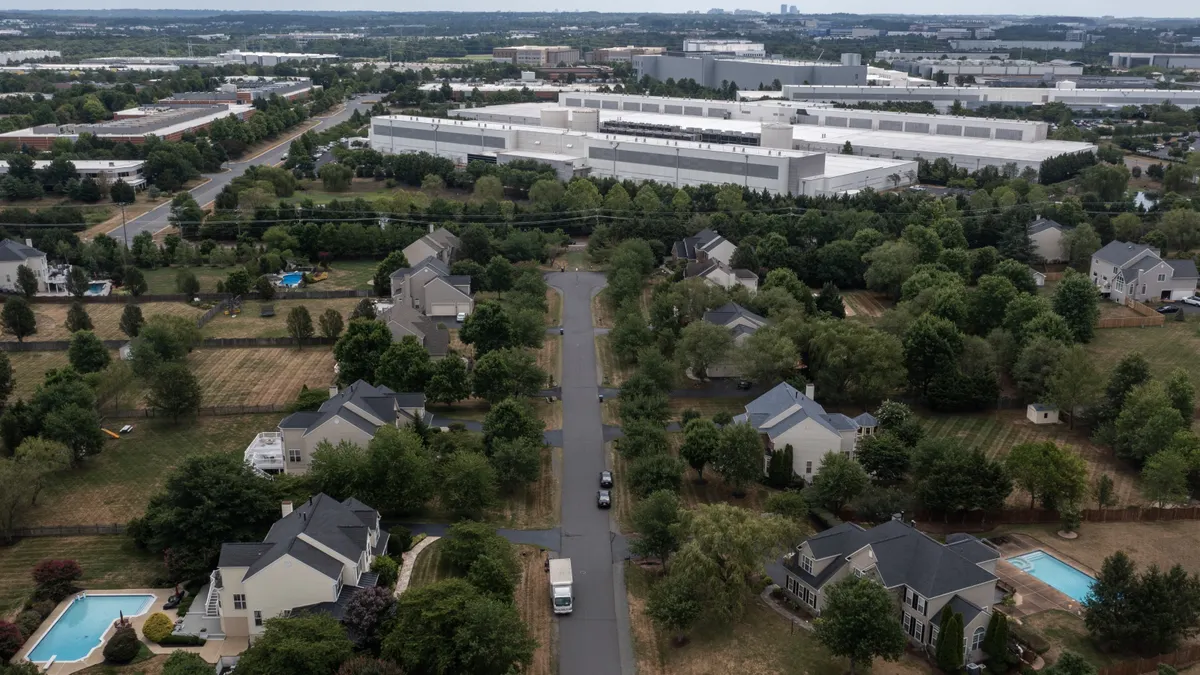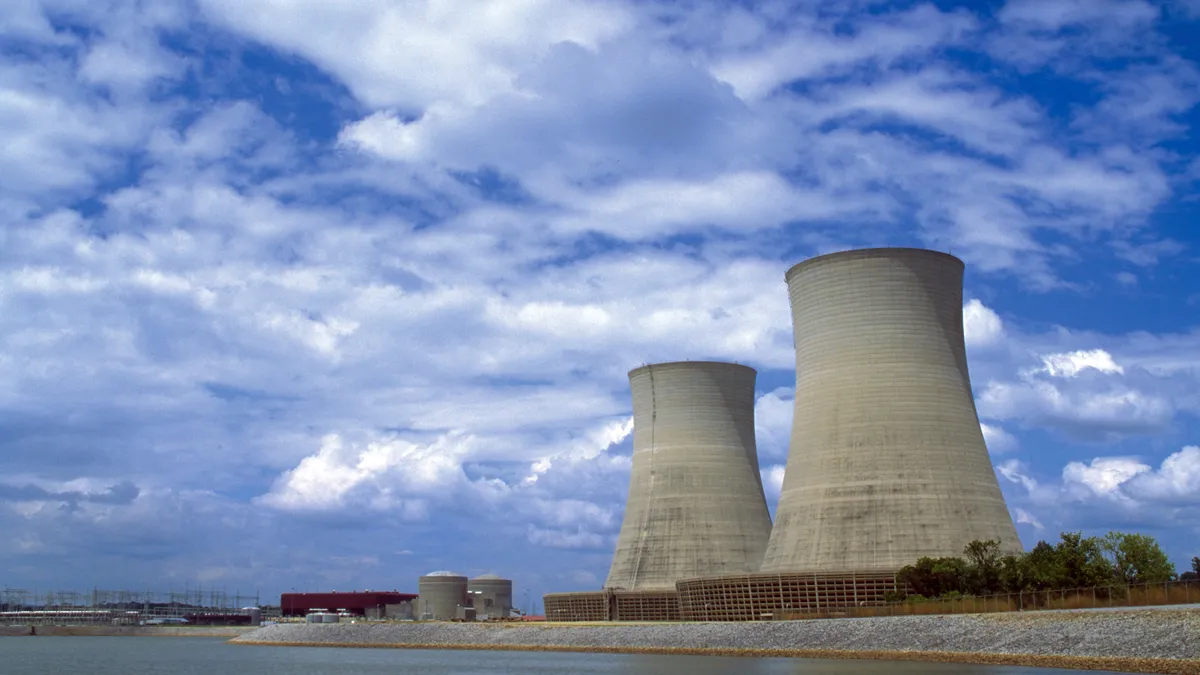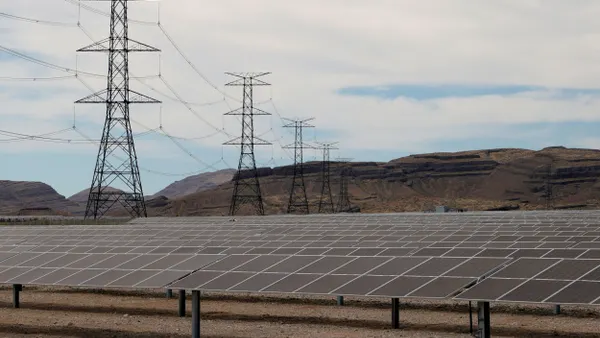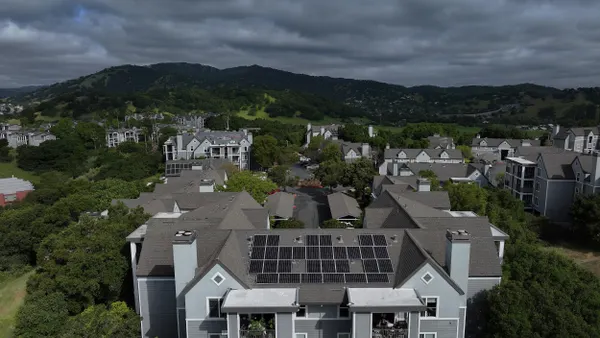The following viewpoint is from Anne Hoskins, current Chief Policy Officer for Sunrun and former Commissioner on the Maryland Public Service Commission. For our viewpoint guidelines, please go here.
As the dust settles from this year’s Presidential election, one thing is clear: nationwide demand for rooftop solar is vibrant. Rooftop solar has always enjoyed strong bipartisan support, with recent polling showing that 85% of voters support rooftop solar.
Consumers across the political spectrum go solar as a matter of choice, and if this election tells us anything, Americans want to feel they hold their destiny in their own hands. In fact, the only ballot initiative in the country that presented voters with a clear choice on solar was in Florida, and voters soundly rejected the anti-solar initiative. Commissioners gathering at the National Association of Regulatory Utility Commissioners (NARUC) Annual Meeting in La Quinta, California this weekend should set the right policy terms so that progress, innovation, and clean energy job growth endure.
With a new Administration and a new year ahead, regulators across the country should recognize that Americans are clamoring for more clean energy options, and they should get ambitious. In the first half of 2016, a new solar installation was completed every 82 seconds. Right now, the solar industry employs more than 200,000 solar workers across the country, adding workers at a rate nearly 12 times faster than the overall economy.
Distributed solar is a building block for the grid of the future. Solar fuels demand response, smart inverters, and electric vehicles. “Solar plus storage” will unlock an even greater amount of grid support services, like frequency response, load shifting, peak reduction, reliability-based demand response, and voltage support and dispatch, so long as regulators encourage customers to be part of the solution.
To support solar energy growth and home energy management innovation, we must embrace collaborative, transparent, and data-driven processes like those in New York, Colorado and Minnesota. It’s important for state regulators to explore new ways to ensure that the voices of consumers and new market entrants are fully heard in their proceedings. Multi-week adversarial proceedings can impede participation due to the high financial costs associated with legal representation and staffing, undermining the types of creative solutions we need to improve our energy infrastructure and service. Unlike utilities that recover regulatory costs from ratepayers, consumers and other interested parties face financial barriers to participating in traditional adversarial proceedings.
State regulators will continue to drive the rules governing consumer access to solar energy. They have the levers to either enable consumers to continue to invest in rooftop solar, or to put the brakes on this source of clean energy investment and job creation. With effective rate design and network access rules, state regulators can encourage innovation, competition, and increased customer choice. In doing so, they should consider distributed energy rate design proposals in the context of broader grid modernization and look at the long-term benefits of local solar generation, just as we do for utility investments in network infrastructure.
Traditional cost‐of‐service ratemaking discourages utilities from opening the distribution networks to consumers who want to put solar on their roofs. Any rate design changes should take on this fundamental misalignment of incentives. My hope is that with the right rate structures, public utilities will work with a range of stakeholders, including competitive solar providers, to explore ways to use distributed resources to meet their service obligations. Greater collaboration from utilities, starting with a halt to the barrage of filings to curtail net metering and impose confusing and regressive demand charges on consumers, would go a long way to advance the public interest in a cleaner, modernized grid.
It’s time to stop viewing distributed solar as a problem that must be contained, and instead as an opportunity to open up markets, networks and regulatory processes for consumers to make the choice to invest in solar. Americans of all political persuasions are demanding that regulators let the sun shine in.













